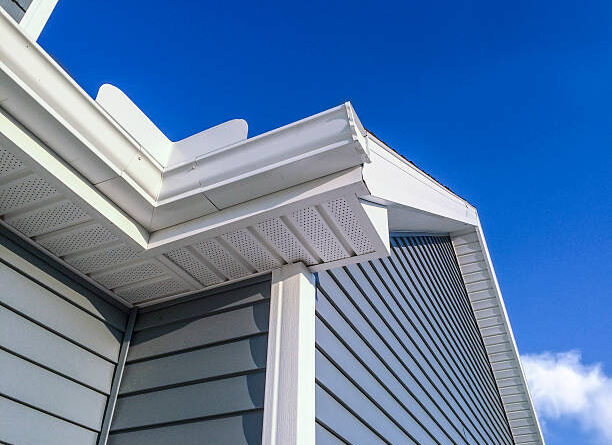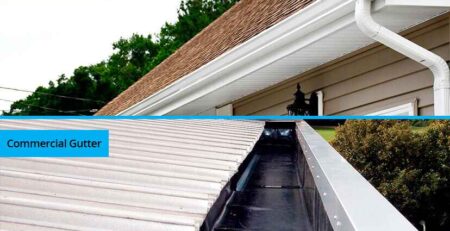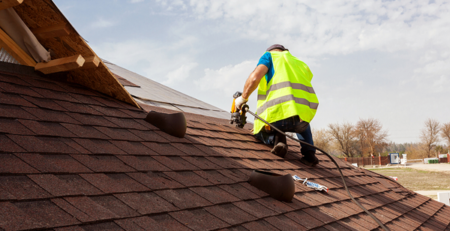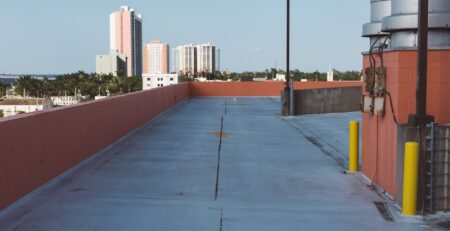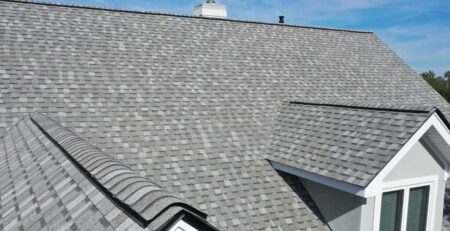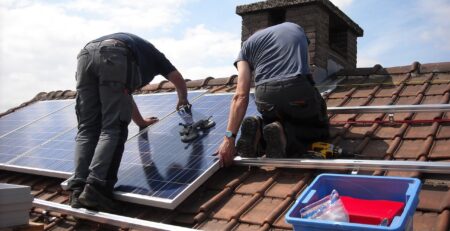What Is Composition Roofing
Composition roofing is a popular and cost-effective choice for homeowners, known for its durability. However, its intricacies surpass surface advantages, encompassing material composition, and a detailed installation process. To gain valuable insights and make informed decisions, homeowners may consider hiring a professional roofing expert. This collaboration ensures precision and expertise in meeting roofing requirements, emphasizing the importance of informed decision-making in home improvement projects.
Definition of Composition Roofing
Composition roofing, known as asphalt shingles, is a popular roofing material made from a blend of asphalt, fiberglass, and mineral granules. There are two main types of composition roofing: organic shingles and fiberglass shingles. Organic shingles are made of recycled felt paper saturated in asphalt to make them waterproof, while fiberglass shingles have a fiberglass mat at the core for added strength and durability. One of the critical advantages of composition roofing is its cost-effectiveness. With a cost advantage over numerous roofing materials, it is a favored option for homeowners working within budget constraints. Furthermore, composition roofing offers a diverse selection of roofing colors and styles, enabling homeowners to achieve their desired home aesthetic.
Materials Used in Composition Roofing
Various materials are crucial in manufacturing composition roofing, playing a vital role in the durability and performance of the final product. When considering material options for composition roofing, there are several common choices available:
– Asphalt shingles: Affordable and versatile.
– Fiberglass: Lightweight and fire-resistant.
– Organic materials: Environmentally friendly but less durable.
– Laminated architectural shingles: Aesthetically pleasing with added dimension.
– Recycled materials: Sustainable option with varying costs.
Cost comparison among these materials is essential for homeowners to make an informed decision based on their budget and the desired longevity of the roof. Each material has unique characteristics that influence its price point and overall performance.
Benefits of Composition Roofing
When considering roofing options, composition roofing stands out for its numerous benefits catering to practical and aesthetic needs. One of the key advantages of composition roofing is its longevity benefits. These roofs are durable and can last 20-50 years, depending on the materials used. Additionally, composition roofing offers excellent energy efficiency properties. Many composition shingles are designed to reflect sunlight, reducing heat absorption and helping maintain a cooler indoor temperature. It is resulting in decreased energy expenses and a diminished environmental footprint. Overall, composition roofing provides a cost-effective and environmentally friendly solution for homeowners looking for a reliable and attractive roofing option.
Installation Process of Composition Roofing
An essential step in the construction process of a composition roofing system is the meticulous and precise installation of the roofing materials by trained professionals. Several key aspects must be considered when installing composition roofing to ensure a successful and long-lasting result. These include:
– Proper alignment and overlapping of shingles to prevent water infiltration.
– Adhering to specific roofing techniques recommended by manufacturers.
– Ensuring adequate ventilation to prevent moisture buildup.
– Applying weatherproofing methods such as underlayment and flashing.
– Check for any potential weak spots and reinforce them for added durability.
Maintenance Tips for Composition Roofing
Consistent maintenance plays a vital role in guaranteeing the durability and effectiveness of a composition roofing system. Regular cleaning is essential to maintain a composed roof. Use gentle cleaning techniques such as low-pressure washing to prevent damage to the roofing material. Removing debris and leaves from the roof will help prevent moisture buildup and potential water damage. Repair methods should be promptly employed to address any signs of damage, such as missing or damaged shingles. Additionally, moss prevention is vital to preserving the roof’s integrity; trim overhanging branches to reduce shade and moisture levels. Adhering to these maintenance guidelines can prolong the lifespan of your composition roofing and secure its ongoing functionality.

